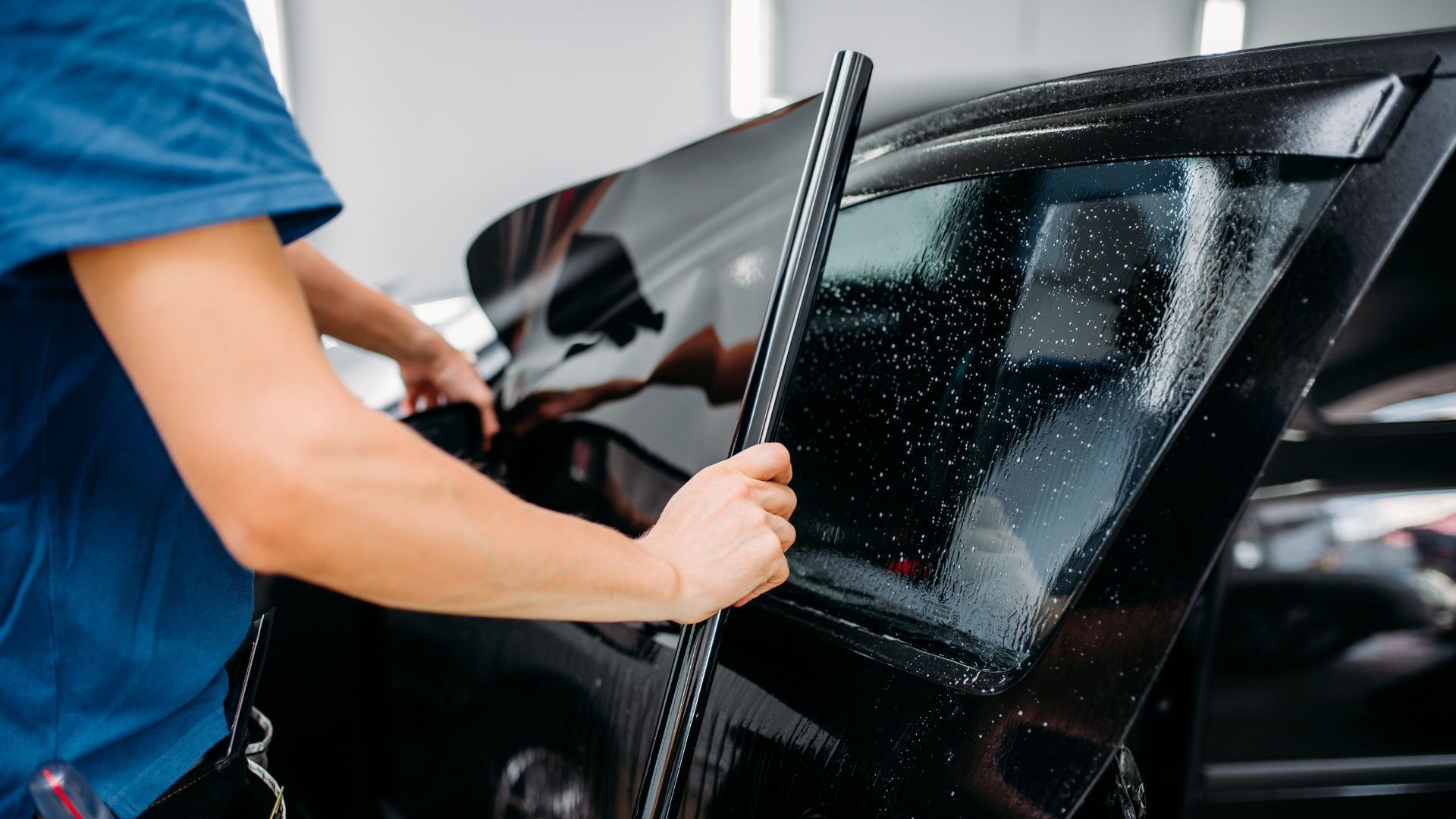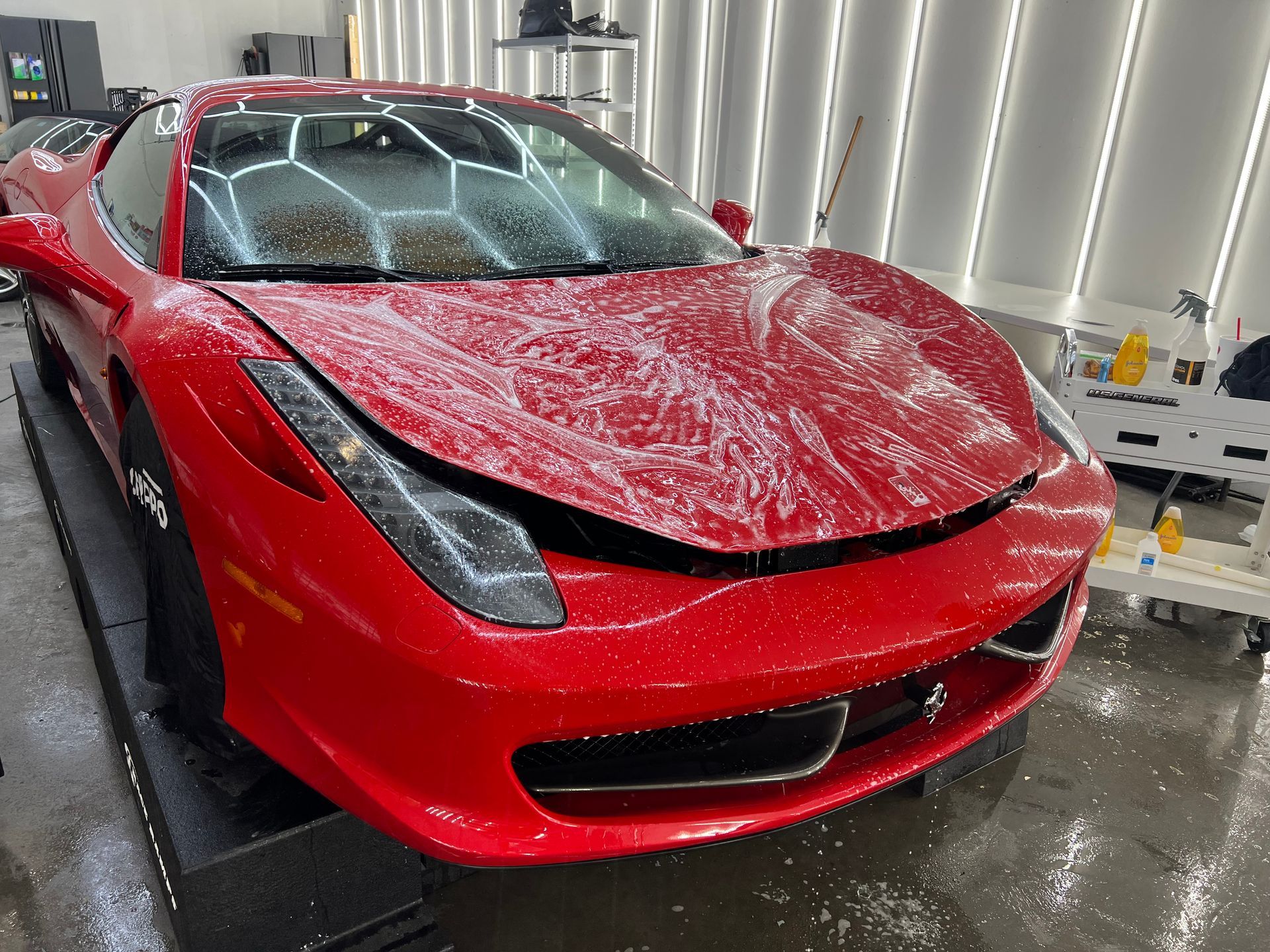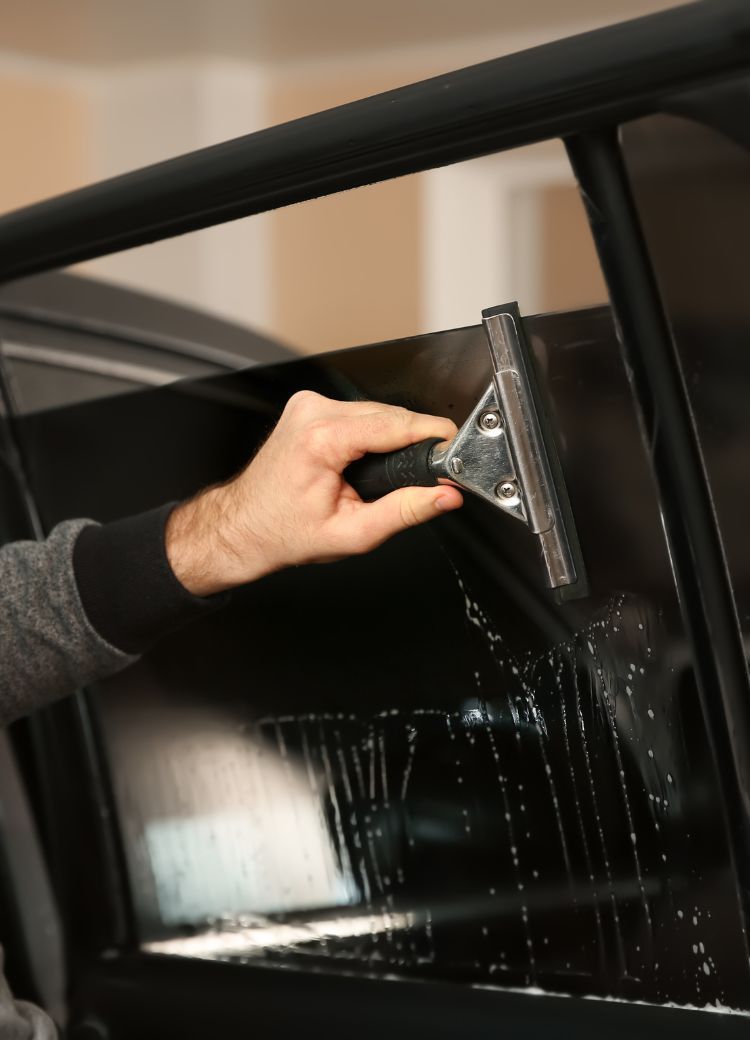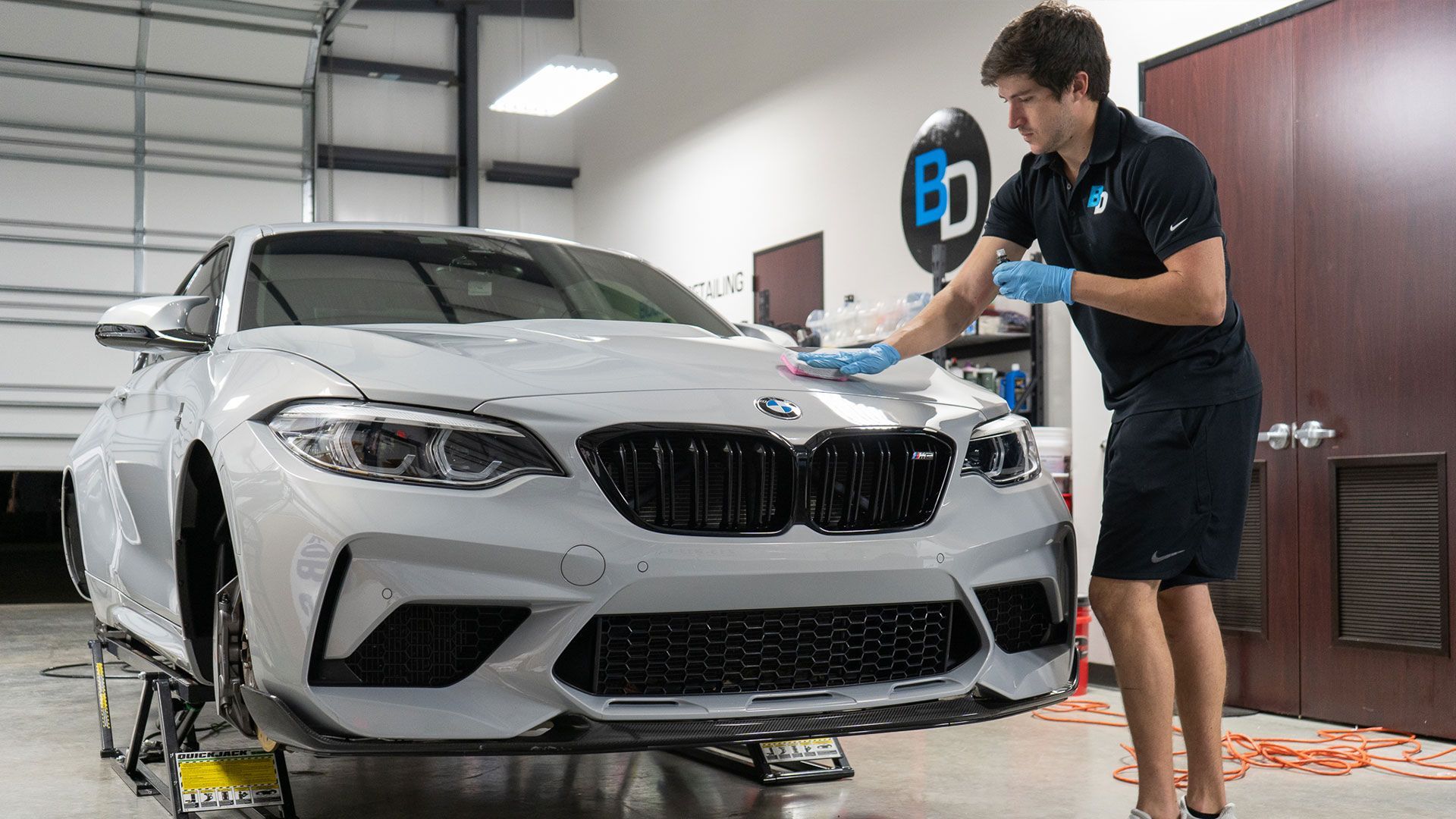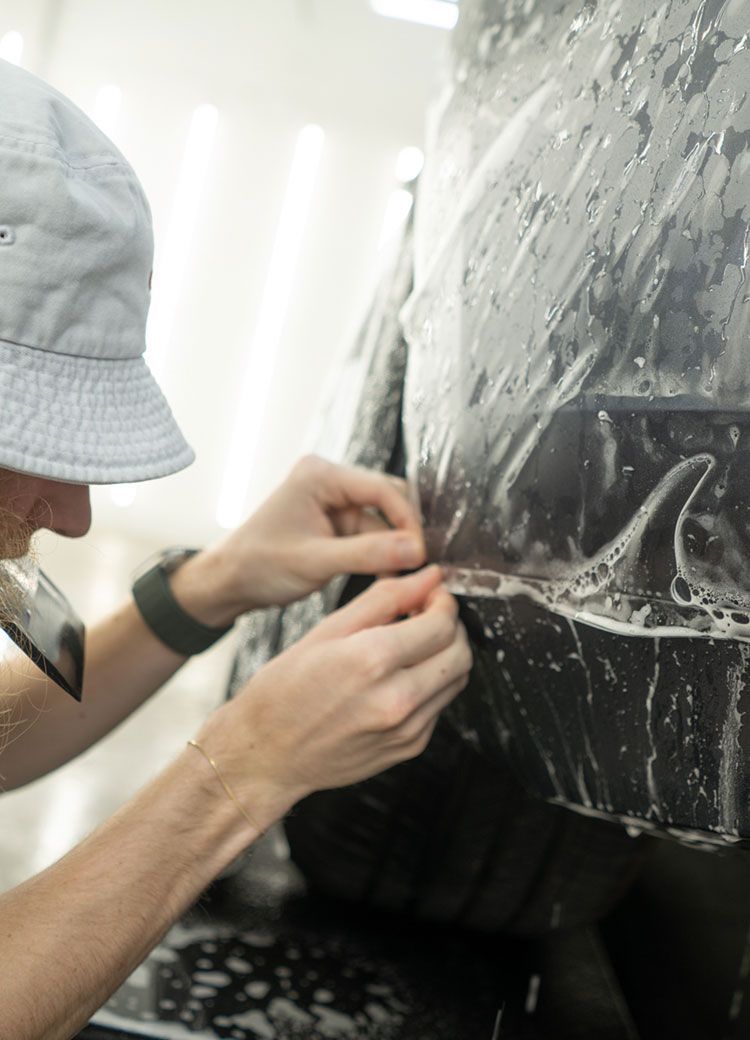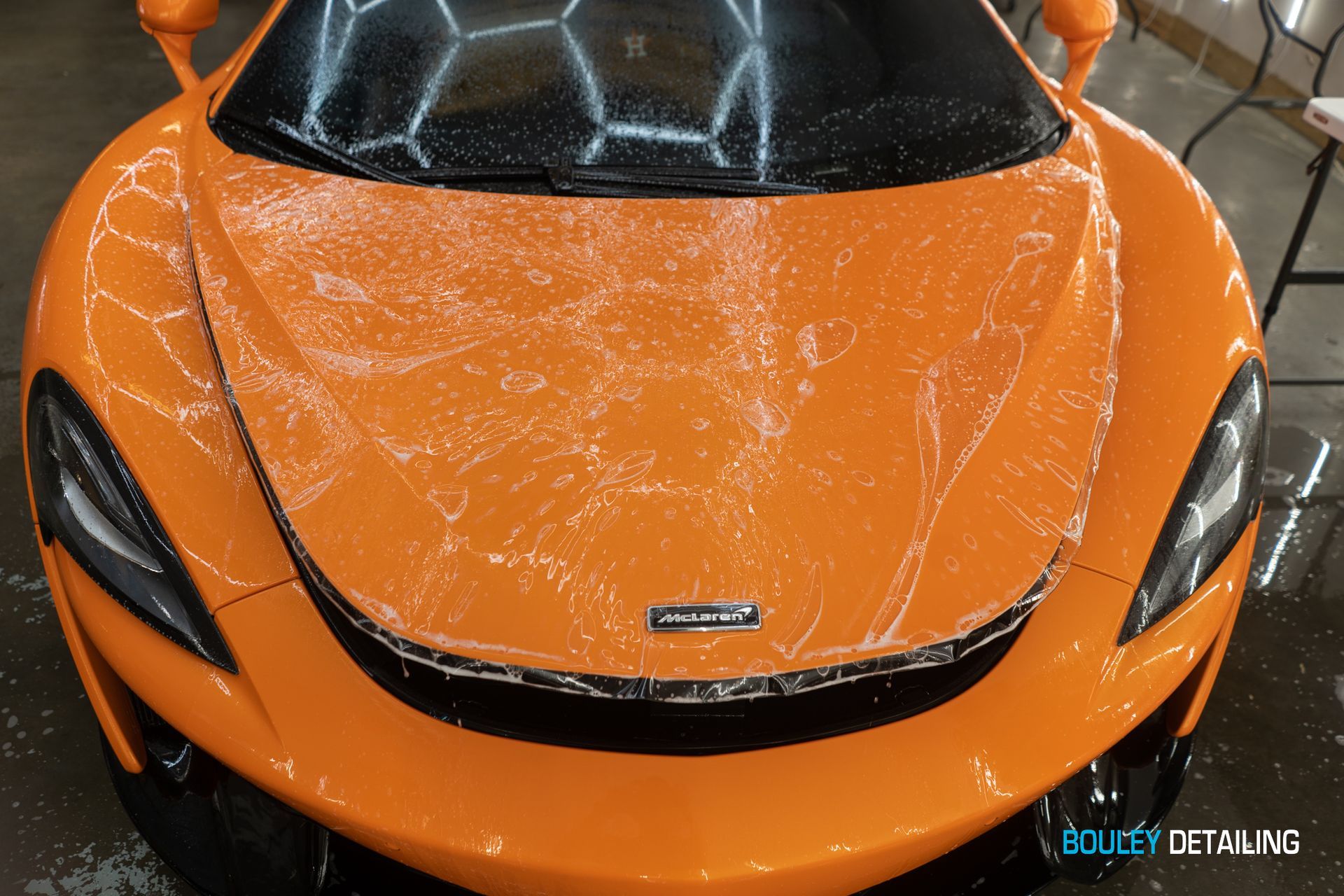By SEO Team
•
November 15, 2024
Keeping your car’s paintwork pristine can feel like a never-ending battle—constant waxing, frequent washes, yet still seeing environmental damage from bird droppings or road salts. Many car enthusiasts swear by traditional wax, but if you're aiming for true long-lasting protection and an unparalleled glossy finish, it's time to look beyond the conventional methods. Ceramic coating stands out by creating a robust shield over your vehicle's paint. Think of it as adding an extra layer that not only repels water and dirt but also significantly reduces maintenance time. Ceramic coating offers numerous benefits for your vehicle, including enhanced protection against UV rays, dirt, water spots, and environmental contaminants, leading to a long-lasting shine. Additionally, its hydrophobic properties make cleaning easier by repelling dirt and water, ultimately saving you time and money on maintenance. Why Ceramic Coating? Ceramic coatings have transformed vehicle protection, offering advantages that wax and traditional sealants simply cannot match. When applied correctly, these liquid polymers bond with your vehicle's paint at a molecular level, creating a robust barrier against environmental elements. Unlike wax, which offers limited protection and duration, a ceramic coating creates a more durable shield that can last several years, depending on the product and application method. This means less frequent reapplication and a consistently beautiful finish for your vehicle over time. Beyond mere protection, ceramic coatings also significantly enhance your car's appearance. The glossiness achieved through ceramic application surpasses that of typical wax products, giving your car an almost wet look that stands out. Imagine washing your car and seeing the beads of water roll off like tiny marbles. This hydrophobic effect is one of the most appreciated features; it not only keeps your vehicle looking cleaner longer but also simplifies maintenance. Many users report that a properly coated vehicle can be cleaned 50% faster than those treated with traditional waxes. Ceramic coating’s long-lasting properties save time and effort—something busy car owners appreciate greatly. The Application Process Applying ceramic coating to your vehicle is a meticulous process that demands careful attention to detail. Below are the key steps involved in achieving a glossy, long-lasting finish, ensuring both protection and aesthetic enhancement for your car. Surface Preparation: Before applying the ceramic coating, the car’s surface must be thoroughly prepared. This involves more than a simple wash; contamination from dirt, tree sap, and road grime must be removed to ensure proper bonding of the coating. Using a pH-neutral shampoo for an initial wash helps cleanse the surface without causing damage. Using a Clay Bar: After washing, using a clay bar is essential to remove embedded contaminants that washing alone can’t eliminate. This includes substances like industrial fallout, tree sap, or stubborn road grime. Skipping this step can result in imperfections beneath the coating, compromising its protective qualities. Coating Application: Once the surface is spotless and smooth, the ceramic coating can be applied. Using an applicator pad, apply the coating in small sections while ensuring even coverage with overlapping strokes. Precision is crucial, as improper application can cause streaks or high spots, affecting both the appearance and longevity of the coating. Curing Time: After applying the ceramic coating, the vehicle needs time to cure, typically ranging from 24 to 48 hours. During this period, it’s essential to keep the car away from moisture, including rain, sprinklers, or washing, to allow the coating to bond properly. Many choose to keep their car in a sheltered area, like a garage, to avoid any exposure that could interfere with the curing process. Applying ceramic coating requires thorough preparation, precision, and patience. When done correctly, it offers long-lasting protection and a beautiful glossy finish. For the best results, it’s important to approach each step with care and attention, ensuring the coating bonds properly for maximum effectiveness and durability.
